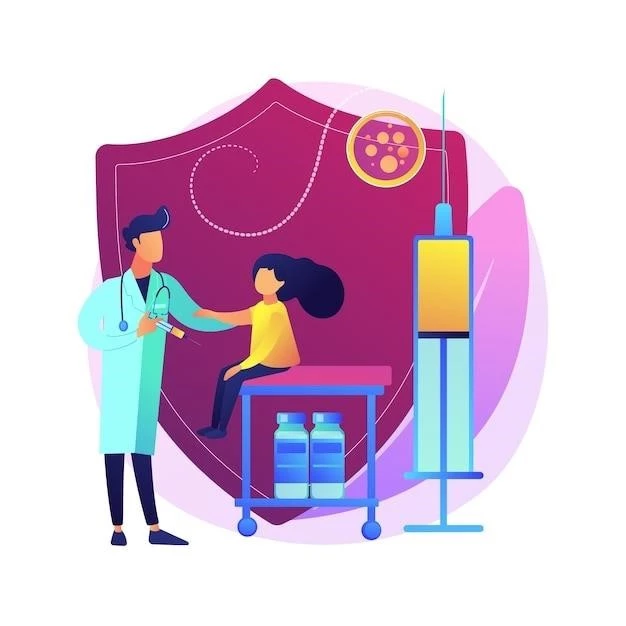Comprehensive Plan on Chondromatosis
Understanding the specific causes of chondromatosis is crucial for effective management. Recognizing the symptoms of benign chondromatosis early on allows for prompt diagnosis and treatment. It is essential to stay informed about the latest research advances in chondromatosis treatment.
Causes of Chondromatosis
Chondromatosis can occur due to genetic factors, joint trauma, or abnormal development. Mutations in certain genes may play a role in the development of this condition. It is important to consult with a healthcare professional for a personalized assessment of your risk factors.
Symptoms of Benign Chondromatosis
Symptoms of benign chondromatosis include joint pain, swelling, stiffness, and limited range of motion. You may also experience clicking or locking of the joint. It is crucial to seek medical attention if you notice any persistent joint symptoms for proper evaluation and diagnosis.
Diagnosis and Imaging Techniques for Chondromatosis
Diagnosing chondromatosis involves a combination of physical exams, imaging studies like X-rays, MRIs, and arthroscopy. These tests help identify the extent and location of cartilage lesions. Consult with a healthcare provider to determine the most appropriate diagnostic approach for your specific case.
Treatment Options for Benign Chondromatosis
Treatment for benign chondromatosis may involve pain management, physical therapy, and lifestyle modifications to reduce strain on the affected joints. Nonsteroidal anti-inflammatory drugs (NSAIDs) or injections can help alleviate discomfort. Discuss with your healthcare provider to determine the most suitable treatment plan tailored to your individual needs.

Surgical Interventions for Chondromatosis
In cases where benign chondromatosis does not respond to conservative treatments, surgical interventions like arthroscopic debridement, synovectomy, or joint reconstruction may be considered. Surgical procedures aim to remove loose cartilage fragments and improve joint function. Consult with an orthopedic specialist to explore surgical options tailored to your condition.
Management and Rehabilitation of Chondromatosis
Effective management of chondromatosis involves a multidisciplinary approach, including physical therapy, pain management, and lifestyle adjustments. Rehabilitation programs focus on strengthening the joint, improving flexibility, and enhancing overall function. Consistency in following the rehabilitation plan is key to long-term recovery. Consult with a rehabilitation specialist for personalized guidance.
Prognosis and Complications of Benign Chondromatosis
The prognosis for benign chondromatosis is generally good with appropriate treatment and management. However, complications such as joint degeneration and recurring symptoms may occur. Regular follow-ups with healthcare providers are essential to monitor the condition and address any potential complications promptly. Adhering to the recommended treatment plan can help optimize long-term outcomes.
Research Advances in Chondromatosis Treatment
Ongoing research in chondromatosis treatment focuses on innovative therapeutic approaches, such as tissue engineering and regenerative medicine. Studies exploring the role of new medications and minimally invasive procedures are promising for improving outcomes. Stay informed about clinical trials and advancements in the field to access potential breakthrough treatments. Consulting with healthcare professionals can help determine if these research findings are suitable for your condition.
